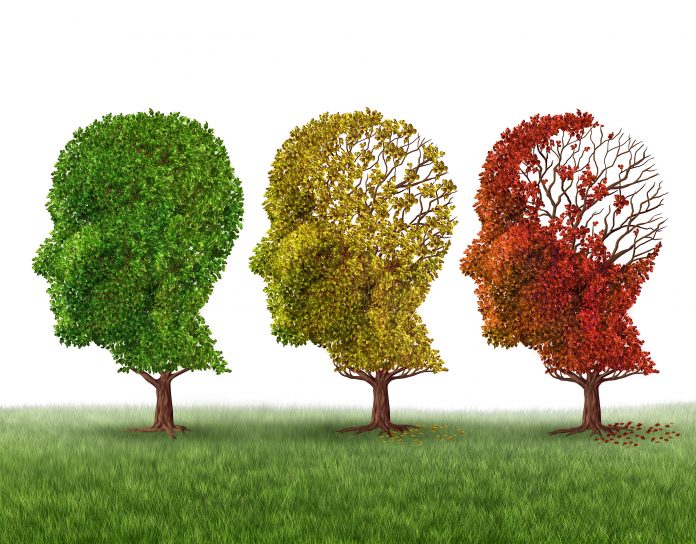I can still see myself as a frightened 10-year-old, visiting my paternal grandmother in a nursing home in north Toronto. The elderly women in the home would grab at me as I walked the long hallways, staring at me with vacant, lost eyes. The stench of urine, feces and bad food would permeate my nostrils and I would gag in repulsion. My grandmother would get very agitated when I would arrive and would swear in Italian, throwing things. She had no idea who I was and it was heartbreaking for a child to witness.
We didn’t understand it well back then, but my grandmother had Alzheimer’s disease – a progressive type of dementia that worsens over a number of years. According to the Alzheimer’s Association, it accounts for 60 to 80 percent of dementia cases. In its early stages, memory loss is mild, but eventually individuals lack the ability to carry a conversation and loved ones become unrecognizable.
Isn’t Memory Loss Part of Aging?
We have this misconception that as we get older, our memories will naturally take a big hit. It’s normal, right? Wrong.
While mild forgetfulness can be a normal part of aging, memory loss is not a normal part of the aging process. For example, forgetting a movie title, or walking into a room and wondering what you came in there for are usually not cause for concern. As we age, we experience physiological changes that can cause glitches in brain functions and cause us to recall information at a slower rate. This is all normal. Alzheimer’s, however, is a whole different ball game. Alzheimer’s destroys brain cells, and one’s thinking abilities. During the course of the disease, proteins build up in the brain to form structures called “tangles.” These eventually lead to the death of nerve cells and loss of brain tissue.
Signs of Alzheimer’s
January is Alzheimer’s Awareness Month in Canada, and it’s important to recognize signs of Alzheimer’s disease that worsen as the disease progresses. See your health practitioner if the following symptoms are present:
- Memory loss that disrupts everyday life (ex. Asking for the same information over and over and relying on memory aids more frequently).
- Having troubles problem-solving.
- Trouble with regular daily tasks.
- Confusion with time or place.
- Difficulty reading or judging things spatially.
- Problems with speaking or writing (ex. Joining in a conversation).
- Impaired judgement.
- Withdrawal from social activities.
- Personality changes (ex. Growing aggressive, depressed and moody).
Risk Factors for Alzheimer’s
As someone who has watched her grandmother and many relatives with this disease suffer, I can tell you it’s heartbreaking to watch someone you love struggle. To be unrecognizable to someone who has cared for you all your life, is a terrible feeling. Alzheimer’s in in my family and I often wonder when it will strike next. Will it be my father? Will I, as an only child, be a caregiver one day?
I have a legitimate reason to be worried. Family history plays a big role. Also, risk genes increase the likeliness of the disease. According to the Alzheimer’s Association, the risk gene with the strongest influence is called apolipoprotein E-e4 (APOE-e4). Scientists estimate that APOE-e4 may be a factor in 20 to 25 percent of Alzheimer’s cases.
Other risk factors include:
- Head trauma
- Excessive alcohol use
Keeping your body healthy and active overall, and exercising your brain with challenging activities such as word puzzles and reading, can limit your risk of cognitive impairment.
Currently there is no cure for Alzheimer’s disease. The best course of action, if the above-mentioned symptoms are present, is to alert your doctor. With early detection, you can explore treatments that may provide some relief of symptoms, slow its progression and help you or your loved one to live independently for as long as possible.
This article is intended for informational purposes. If you or a loved one are experiencing any symptoms mentioned in this article, please talk to your healthcare practitioner.























